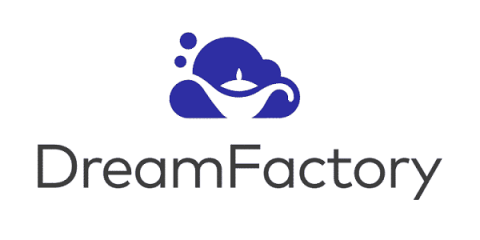96 Percent of Businesses Can't Be Wrong: How Hybrid Cloud Came to Dominate the Data Sector
According to 451 Research, 96% of enterprises are actively pursuing a hybrid IT strategy. Modern, real-time businesses require accelerated cycles of innovation that are expensive and difficult to maintain with legacy data platforms. Cloud technologies and respective service providers have evolved solutions to address these challenges.









